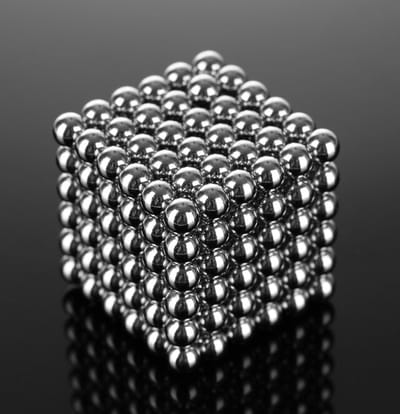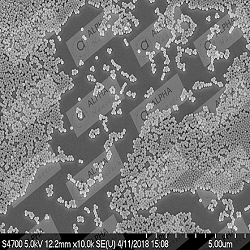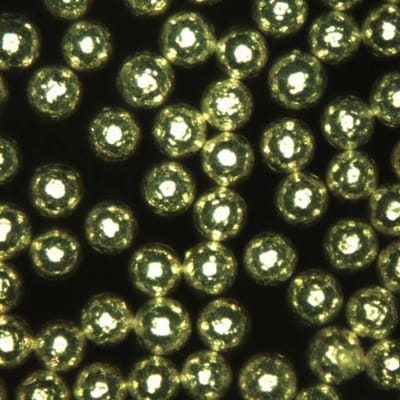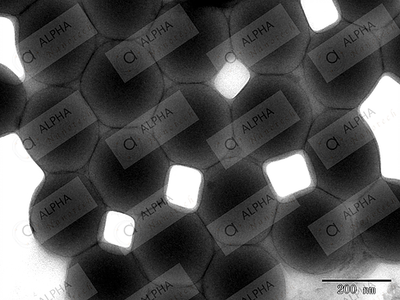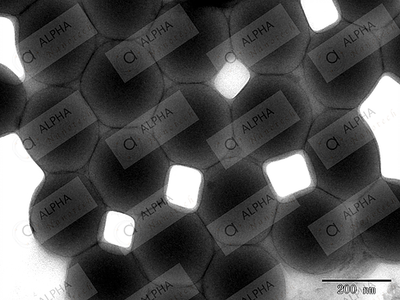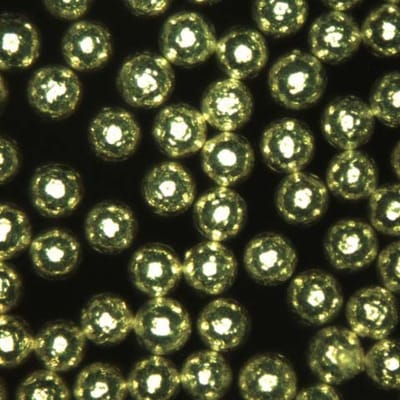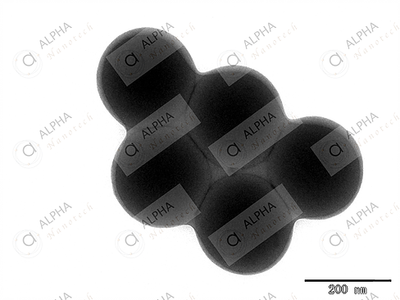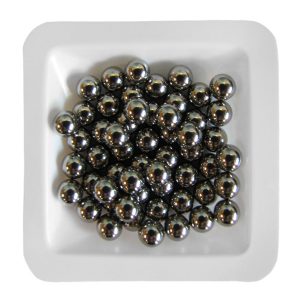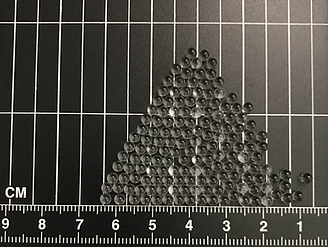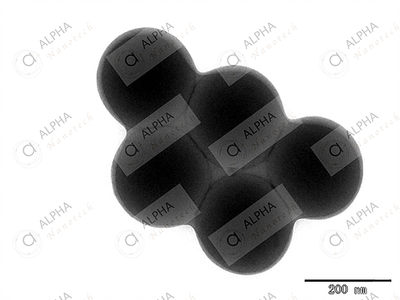The utilization of such mixes can make the 316 stainless steel disruption lysing beads simpler and more smoothed out. In this way, before you go for the hardened steel disturbance dots, there is consistently a need to think about the beating cycle and how it functions. All things considered, this is tied in with pulverizing the examples while applying certain articles or mixes from a specific shot.
Read MoreBlog #PMMA nanoparticles
Most of these strategies of iron oxide beads coated with silica incorporate a pretreatment step in which the outside of iron oxide particles is altered in a way that expands their strength in fluid arrangements. Here we propose that by diminishing the underlying centralization of the impetus for a brief period to limit nucleation by decreasing forerunner hydrolysis rate and afterward steadily expanding the fixation to the ideal level to permit silica arrangement to continue typically it might be conceivable to forestall total without surface change.
Read MoreThe various points of interest of Poly(Methyl Methacrylate) Microspheres make it the most predominant polymer utilized as dental replacement base material. The simplicity of preparing, minimal effort, light weight, strength in the oral cavity, and tasteful properties are of these favorable circumstances. Nonetheless, this material isn't ideal in each angle.
Read MoreDespite the most recent examination progress of PMMA nanoparticles, the flawed properties of last nanocomposite and the absence of long haul clinical proof tending to their presentation limit their wide clinical use. A decisive association between nanoparticle size or expansion technique and nanocomposite properties couldn't be set up.
Read MoreThe various points of interest of Poly(Methyl Methacrylate) Microspheres make it the most predominant polymer utilized as dental replacement base material.
Read MoreThe most significant property of PMMA nanoparticles is their optical transparency, making them ideal candidates for applications in which clarity is a requirement, such as optical lenses and displays.
Read MoreAdding quartz cuvettes with stoppers and 316 stainless steel disruption lysing beads to your laboratory will not only increase the efficiency of your experiments but also ensure quality and consistency of your results.
Read MoreThere are various types, but, amongst all these varieties, Poly(Methyl Methacrylate) microspheres and non-functionalized or carboxyl polystyrene microparticles stand out respectively with some very distinct advantages and contributions to raising the efficiency, precision, and functionality of experiments.
Read MoreAnother important advantage of PMMA nanoparticles is their resistance to degradation, which means long-lasting performance in different applications.
Read MoreThe high density of 316 stainless steel disruption lysing beads allows for effective and efficient disruption on tough cell walls, a very useful feature when samples are difficult to work with, such as bacteria, fungi, or plant tissue.
Read More